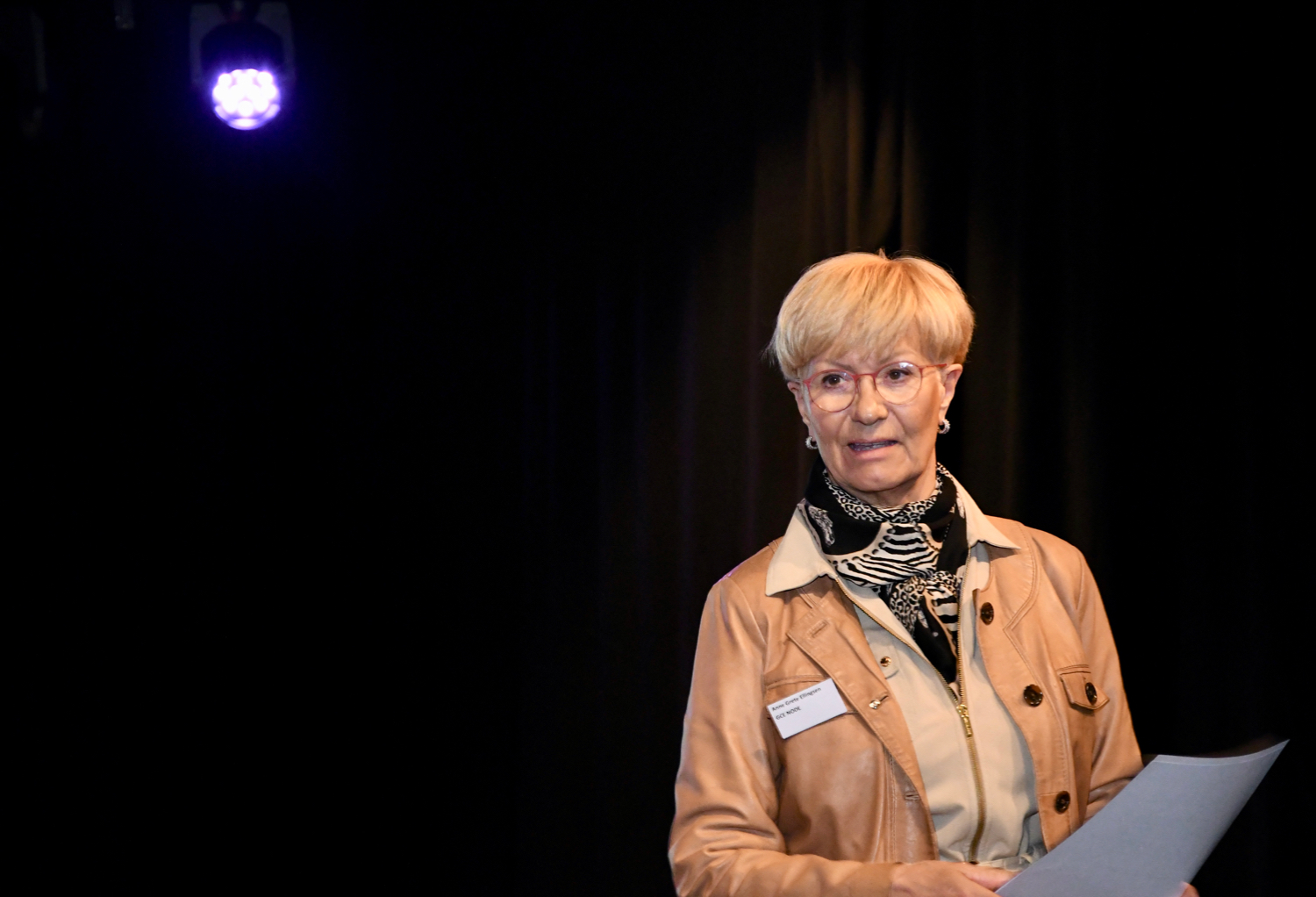“NODE is at an all-time high. All indicators are significantly higher today than when NODE achieved its GCE status in 2014. And equally important: All goals set in the GCE application have been met!” says Anne-Grete Ellingsen.
Participating companies are up from 62 in 2013 – to 102 today. GCE NODE RD&I projects are up from 4 to 40 in the same period, and the number of RD&I projects initiated by cluster companies is close to 150 – which is twelve times higher than six years ago.
Another activity level indicator is the number of Skattefunn project applications from our cluster companies, which is up from 15 in 2013 to 38 last year.
A halfway evaluation is a perfect opportunity to reflect on what has happened so far. In the midst of the worst industry crisis in decades, and perhaps also partly because of the same crisis, the cluster has expanded to include new ocean technologies, it has embraced research, development and innovation in a new way, and it has played a central part in building an ecosystem for innovation in the Agder region.
These are some of the milestones in which NODE has played an important role:
- 2014: NODE receives GCE status
- 2015: SFI Offshore Mechatronics is established
- 2016: A Seed Fund is established
- 2017: Mechatronics Innovation Lab opens
- 2018: NODE’s Digital Innovation Hub is recognized by the EU
- 2019: Development of new methodology for business development
“Even as we stop to reflect on the past, our primary focus is of course on the future. To determine what the future holds, a questionnaire has been distributed to cluster participants. It includes a series of questions as to what GCE NODE companies expect from the cluster organization in the years to come,” says Ellingsen.
The results from the questionnaire, along with the midterm evaluation report, will lay a fact-based foundation for the 2020 cluster strategy meeting.
Looking back, strategy meetings have been instrumental in shaping the future of GCE NODE. The all-important strategy meeting in 2014, in which NODE’s two strategic goals were established: 1) Secure competitiveness in existing markets and 2) Transfer competence and technology to new markets – set the direction for the cluster’s activities. These goals were also clearly stated in the GCE application that was granted the same year.
After the price of oil plummeted and several rounds of layoffs were conducted, the focus on transferring competence and technology to new industries, such as offshore wind, aquaculture, subsea mining and geothermal energy, increased. As did the realization that the digital transformation and the increase on environmental focus would challenge existing technology, competence and business models.
“We expect the global megatrends – climate and digitalization – to continue to be an important framework for our industries today and in the future. Both are integral parts of NODE’s activities and essential for the cluster companies’ focus on delivering equipment and solutions that can contribute to safer and more cost-effective and environmentally friendly solutions and products,” says Ellingsen.



